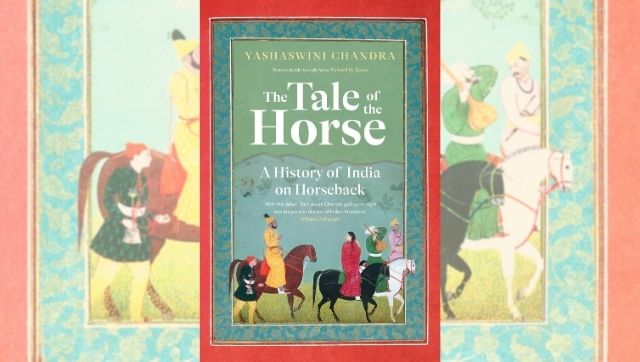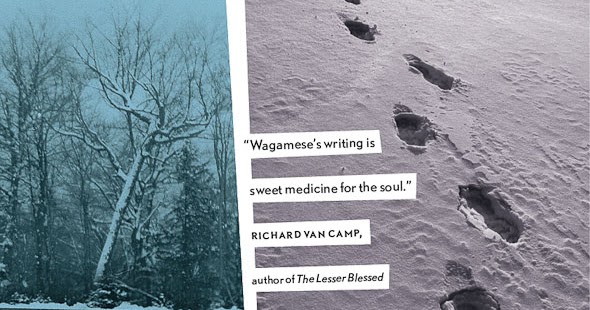


Now, the counselors are pushing him to continue his recovery by sharing his story. Despite his irritation with the Centre, the treatment is working-he’s gone weeks without alcohol and feels healthier for it, although he still sometimes craves a drink. He’s thirty years old, older than most of the other patients, and he gets tired of sitting around and talking all day. The treatments are informed by Anishinabeg traditions, but Saul is still frustrated by them-the counselors are never quiet, and they expect him to talk just as much as they do. Saul is part of a therapy group at The New Dawn Centre, a treatment facility. For Saul and his peers, that time is cut off, part of a past that is deeply missed, but that cannot be returned to. When white people arrived, the legends were compromised. Before Saul’s time, the Ojibway understood their world through the storytelling of the Old Ones. They teach the Anishinabeg intuitive understanding of the landscape, and their protective relationship to the earth. The voice of the elders, or Old Ones, is especially important to Saul and his people. He describes his people, the Ojibway, and their close connection to the land of Ontario, in eastern Canada.

Indian Horse begins with Saul Indian Horse, the novel’s protagonist and narrator, introducing himself.


 0 kommentar(er)
0 kommentar(er)
